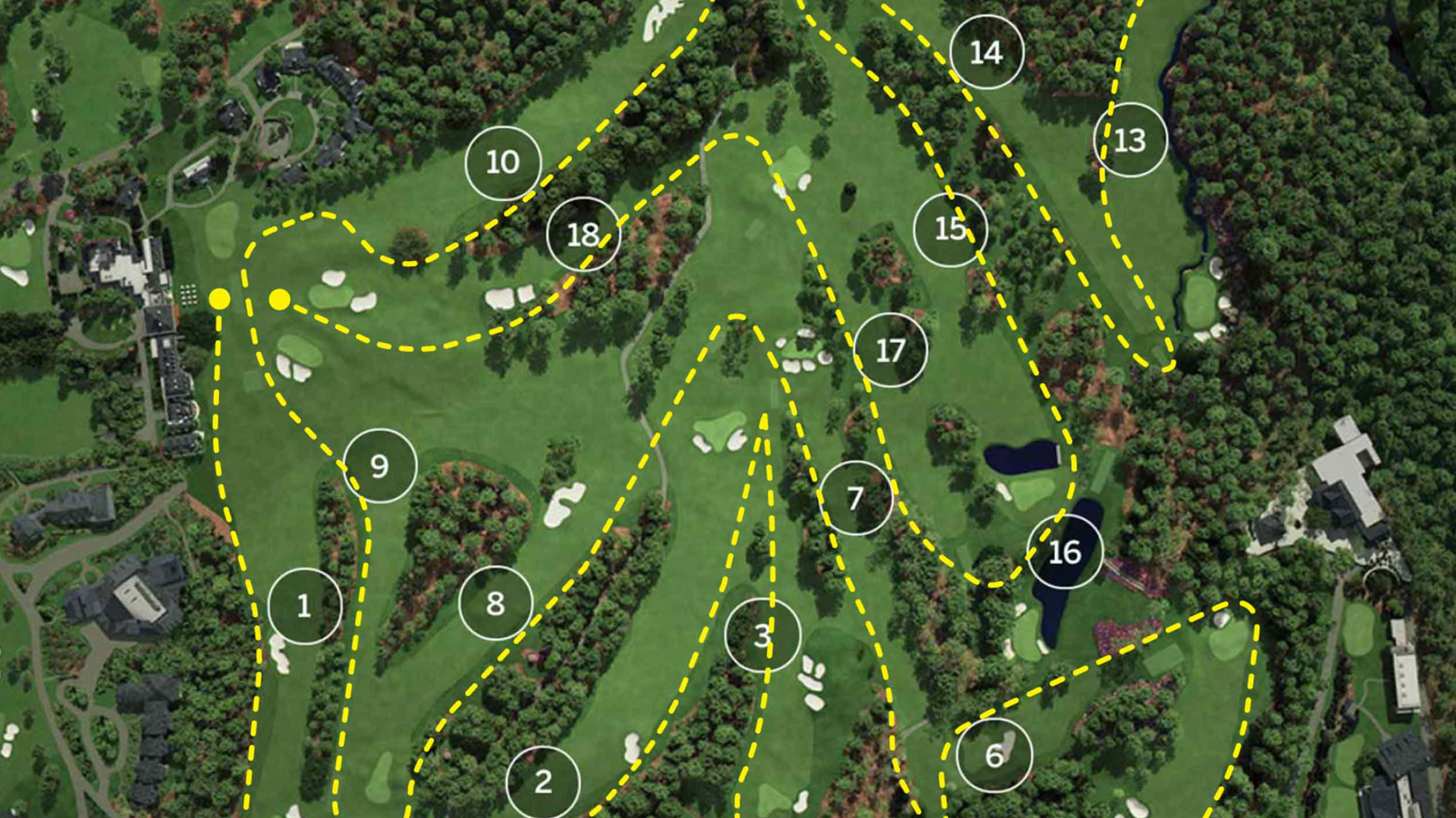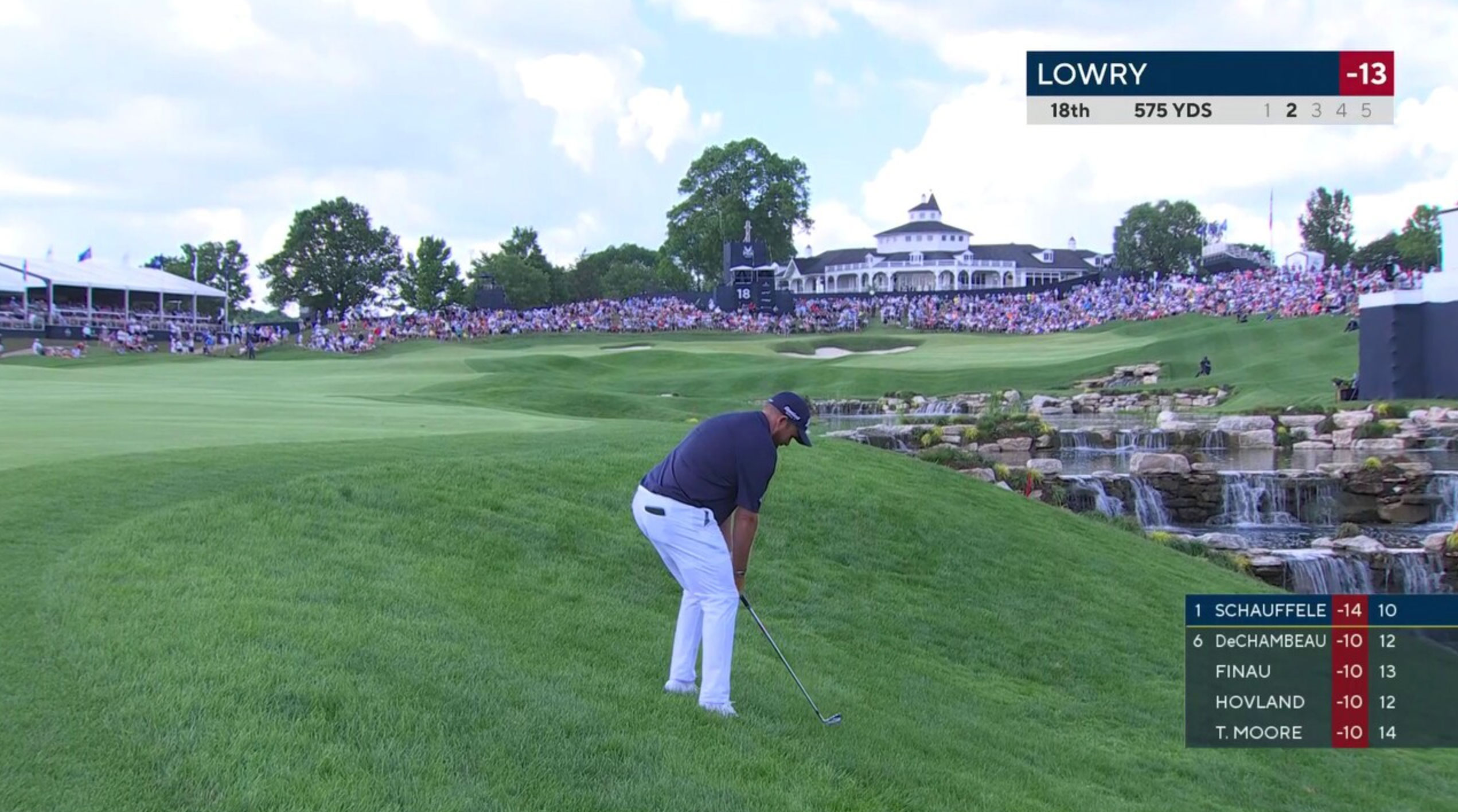If you're new to the game or just curious, one common question many people ask is: how many holes in golf? While it may seem straightforward, the answer has some interesting variations and historical context. In this article, we'll break down the traditional number of holes, explore alternative formats, and explain why this number matters in the game of golf.
The Standard Number: 18 Holes

The standard format for a round of golf consists of 18 holes. This has become the universally accepted setup for both amateur and professional play. The 18-hole structure is carefully designed to offer a balance of difficulty, strategy, and endurance, making it the ideal configuration for competitive play.
Why 18 Holes? A Brief History

The reason we have 18 holes in golf today originates from the Old Course at St Andrews in Scotland. Initially, the course had 22 holes, but in 1764, it was reduced to 18. Other courses followed suit, and eventually, this format became the global standard. This change helped unify the rules and expectations in golf competitions.
Variations In Recreational Play

While most golf courses feature 18 holes, many recreational or practice courses have only 9 holes. These 9-hole courses are popular for beginners, casual rounds, and players with limited time. You can play the course twice to get a full 18-hole experience, which is both time-efficient and cost-effective.
Mini Golf: How Many Holes in Golf Here?

Mini golf or putt-putt is another fun variation, typically featuring 18 holes as well. However, some shorter versions may have only 9 or 12 holes. Despite the different format and casual atmosphere, mini golf maintains the classic appeal with smaller obstacles and creative designs.
Professional Tournaments And 18-Hole Rounds

In professional golf, players usually compete in rounds of 18 holes, totaling 72 holes over four days in standard PGA Tour events. The consistency of playing 18 holes ensures fairness and comparability across different courses and tournaments.
Practice Sessions And Hole Selection

During practice, golfers may not always play a full set of 18 holes. They might choose specific holes to focus on particular skills or shot types. This flexibility in hole selection helps players improve various aspects of their game without needing to complete a full round.
Par And Hole Count Relationship

Par—representing the expected number of strokes to complete each hole—plays an integral role in how golf scoring is understood. With a standard 18 holes, courses usually have a total par between 70 and 72. Understanding the par helps players gauge performance and set realistic goals while playing.
Golf Course Layouts And Design

Designers craft golf courses with a mix of par 3, par 4, and par 5 holes across the 18-hole layout. This variety introduces different challenges, encouraging players to use a wide range of clubs and strategies. The layout is essential in defining the personality and difficulty of a course.
Junior And Training Courses

Junior golfers or those in training programs often start on 3-hole, 6-hole, or 9-hole courses. These smaller formats help new players build confidence and learn fundamental skills before advancing to a full 18-hole round. It's an excellent way to introduce the game to younger audiences.
So, how many holes in golf? The standard answer is 18 holes, a format steeped in history and tradition. Yet, from mini golf to beginner-friendly 3-hole practice courses, the variations are plentiful. Whether you're stepping onto a professional course or enjoying a quick 9-hole round, understanding the number of holes and their significance can deepen your appreciation for the game.


